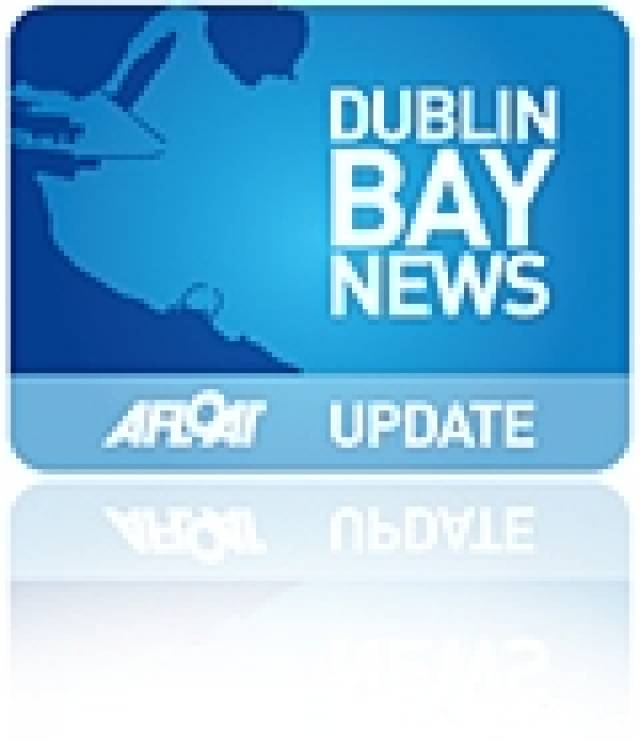#cruiseberth – Dun Laoghaire Harbour Company on behalf of the Dun Laoghaire Cruise Stakeholder Group will submit its planning application for a new cruise berth facility at Dun Laoghaire Harbour to An Bord Pleanála on Friday, 3rd July.
The planning application is being submitted as a strategic infrastructure project, and members of the public can review the planning application and associated environmental impact report – free of charge - from 9th July in the offices of An Board Pleanála on Marlborough Street, Dublin 1 or at the civic offices of Dun Laoghaire Rathdown County Council. In addition, a dedicated website, www.dlcruiseplan.ie, will contain all the relevant documentation. Once the documentation becomes available for public review, members of the public will also have an opportunity to submit their observations on the plans to An Bord Pleanála.
Plans for the new cruise berth facility have been developed so that Dun Laoghaire Harbour can accommodate next generation cruise ships. More on this here from W M Nixon.
The Dún Laoghaire Cruise Stakeholder Group is made up of Dún Laoghaire Harbour Company; Dún Laoghaire Rathdown County Council; and the Dún Laoghaire Bid Company. Ahead of finalising its plans, the Stakeholder Group carried out a pre-planning public consultation in April. Since then, the plans have been modified to reflect the consultation with harbour users, and the general public.
Speaking ahead of submitting the planning application, CEO of Dun Laoghaire Harbour Company, Gerry Dunne said: "The cruise industry is an important and growing sector of the tourism market. Cruise ships are getting bigger in size, offering more facilities to passengers, but requiring deeper water and longer berths to accommodate them. Over 50% of new ships currently on order are over 300m in length. At present Cobh is the only port in Ireland that can accommodate these vessels at any time. This means that Ireland, as a whole, is losing out on a growing and lucrative tourism market.
"At present, Dun Laoghaire must provide tendering services to large cruise ships in order to bring passengers to land. This is a cumbersome approach, and is a negative factor for many cruise operators. Indeed, in recent weeks, Dun Laoghaire has lost a number of cruise calls to Dublin Port; these large cruise ships can now reverse up the Liffey during high tide. In changing their berthing plans to Dublin Port, cruise operators have been very clear that their only reason for the change rests with the convenience of bringing passengers right on to a berth, both from a safety and efficiency point of view.
"The plans for a suitable berthing facility will put Dun Laoghaire in a prime position to attract cruise business. As a harbour, Dun Laoghaire has been mandated by the Government to exploit its potential as a marine leisure facility, and winning and developing cruise business is a central part of our work in this regard," added Mr Dunne.
Under the plans submitted to An Bord Pleanála, the following will be among the features that will be considered:
· A 435 metre pier, with an underpass to cater for the passage of club launches.
· Dredging of an access channel from outside the Harbour to St Michael's Pier, including a 500m diameter turning circle outside the Harbour mouth.
· A shared-use public and pedestrian zone adjacent to the existing Marina and connecting to the Marina Eastern Breakwater.
· A new high-quality footpath along Harbour Road.
· Ancillary site and landscape works.

























